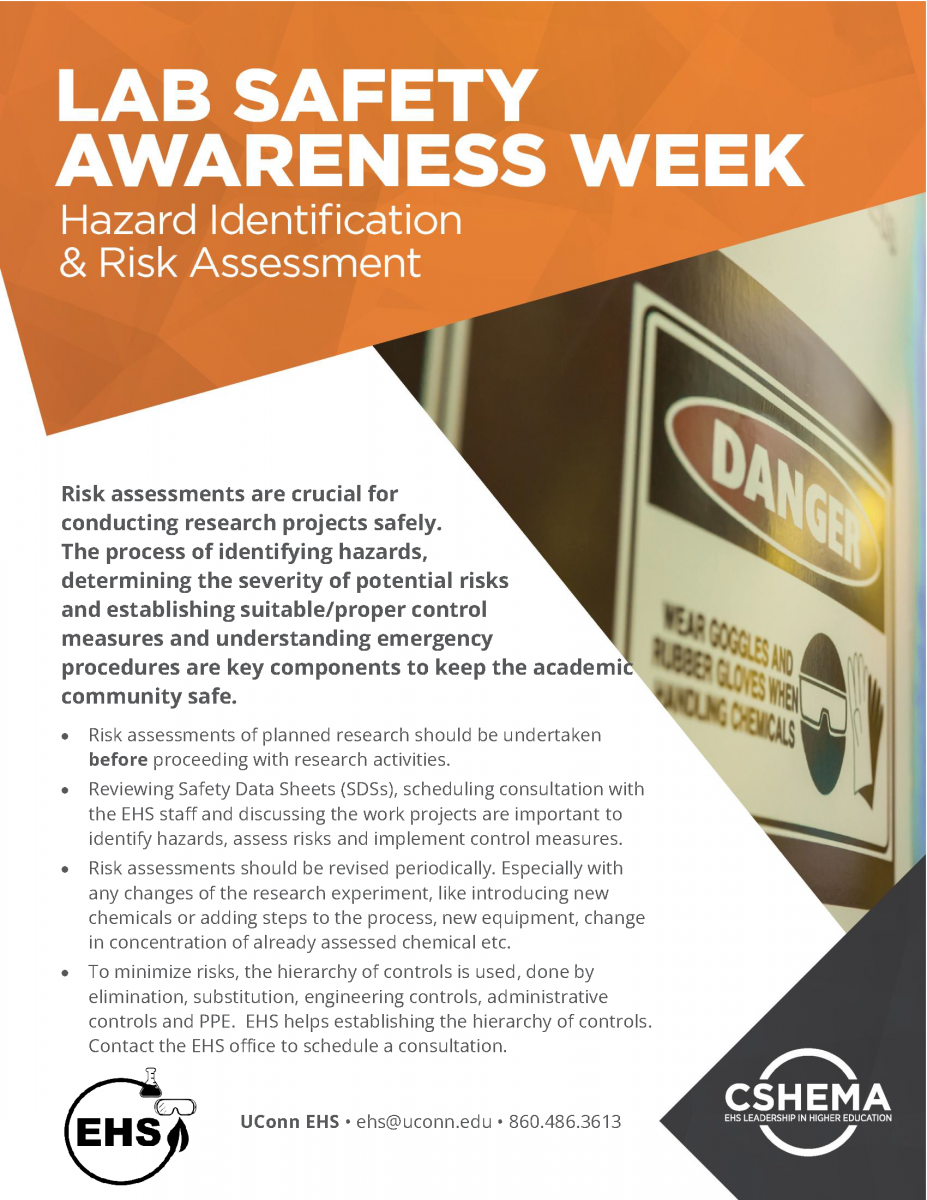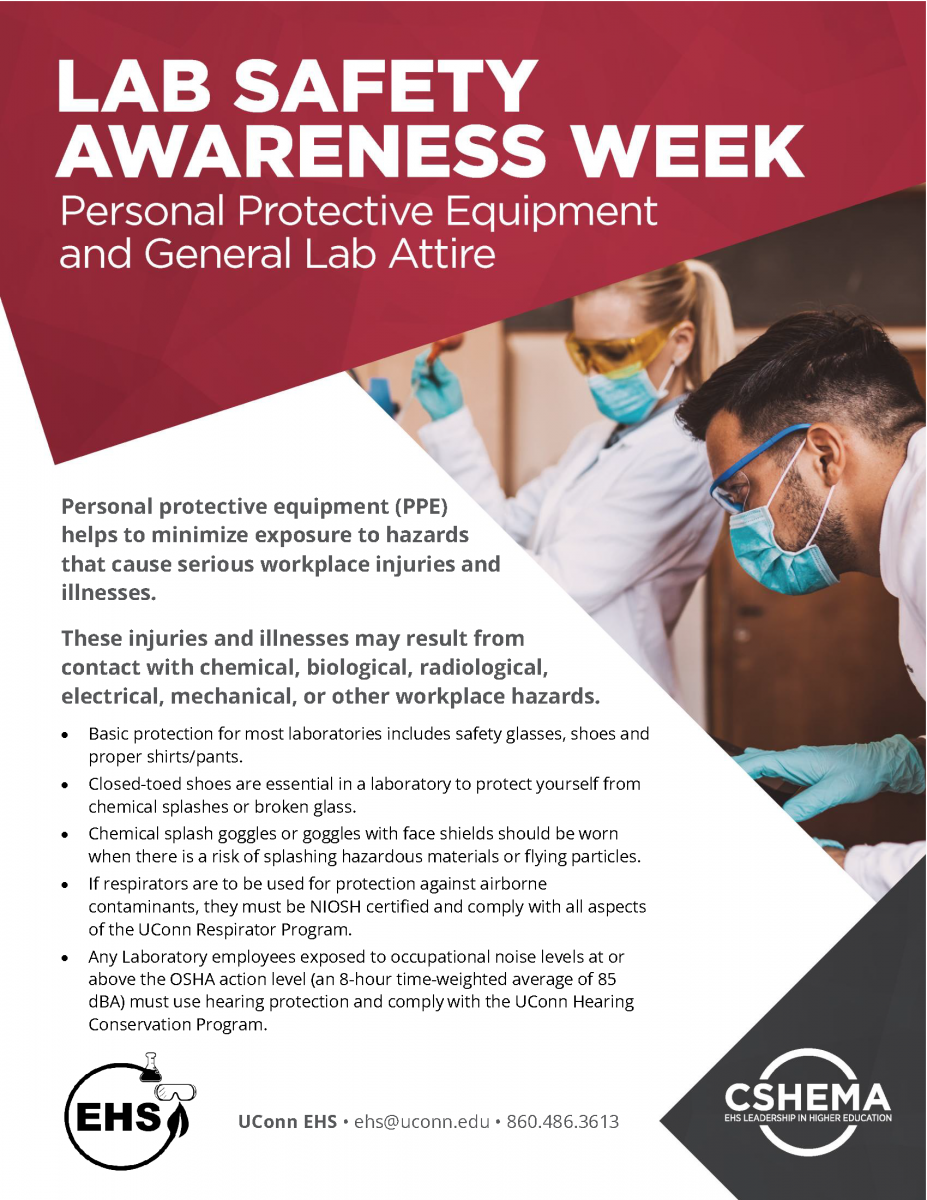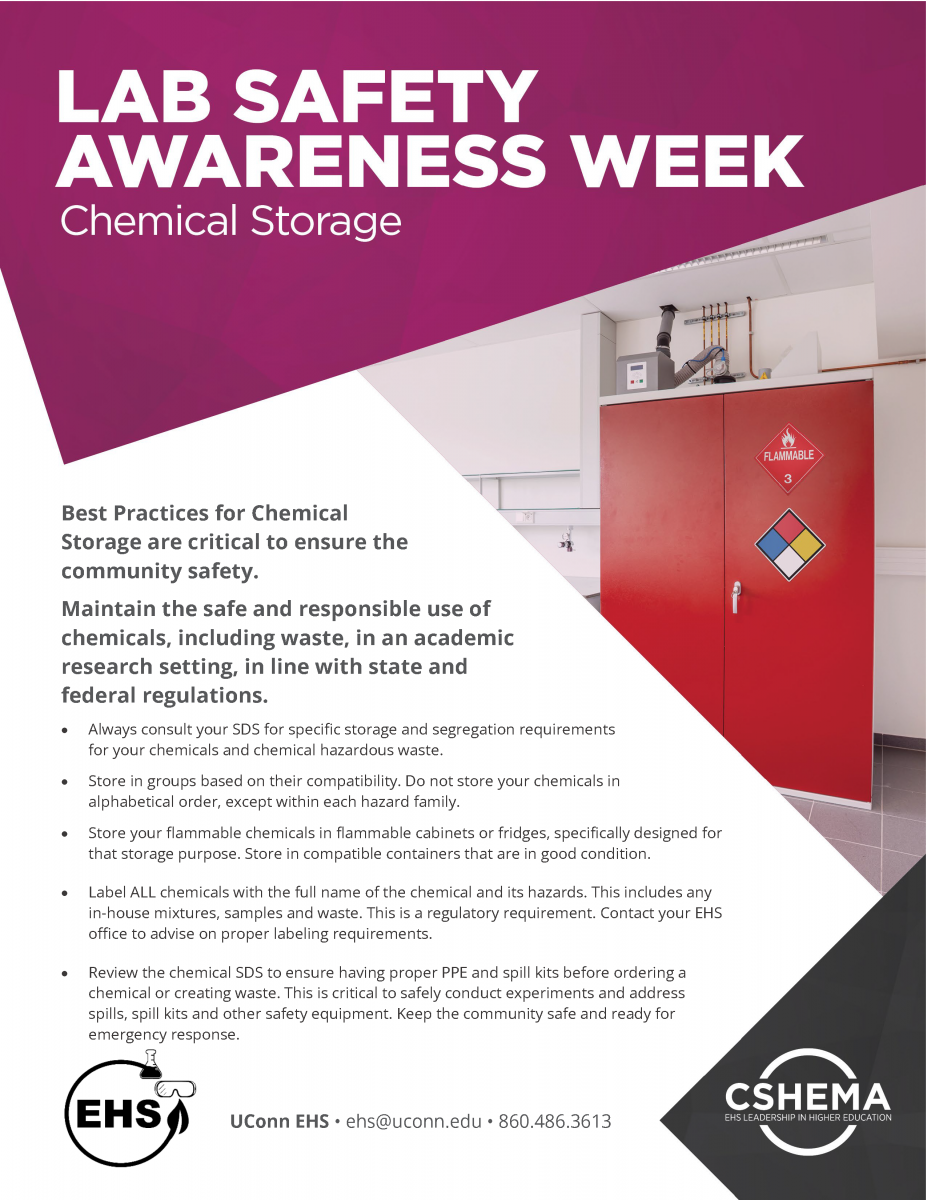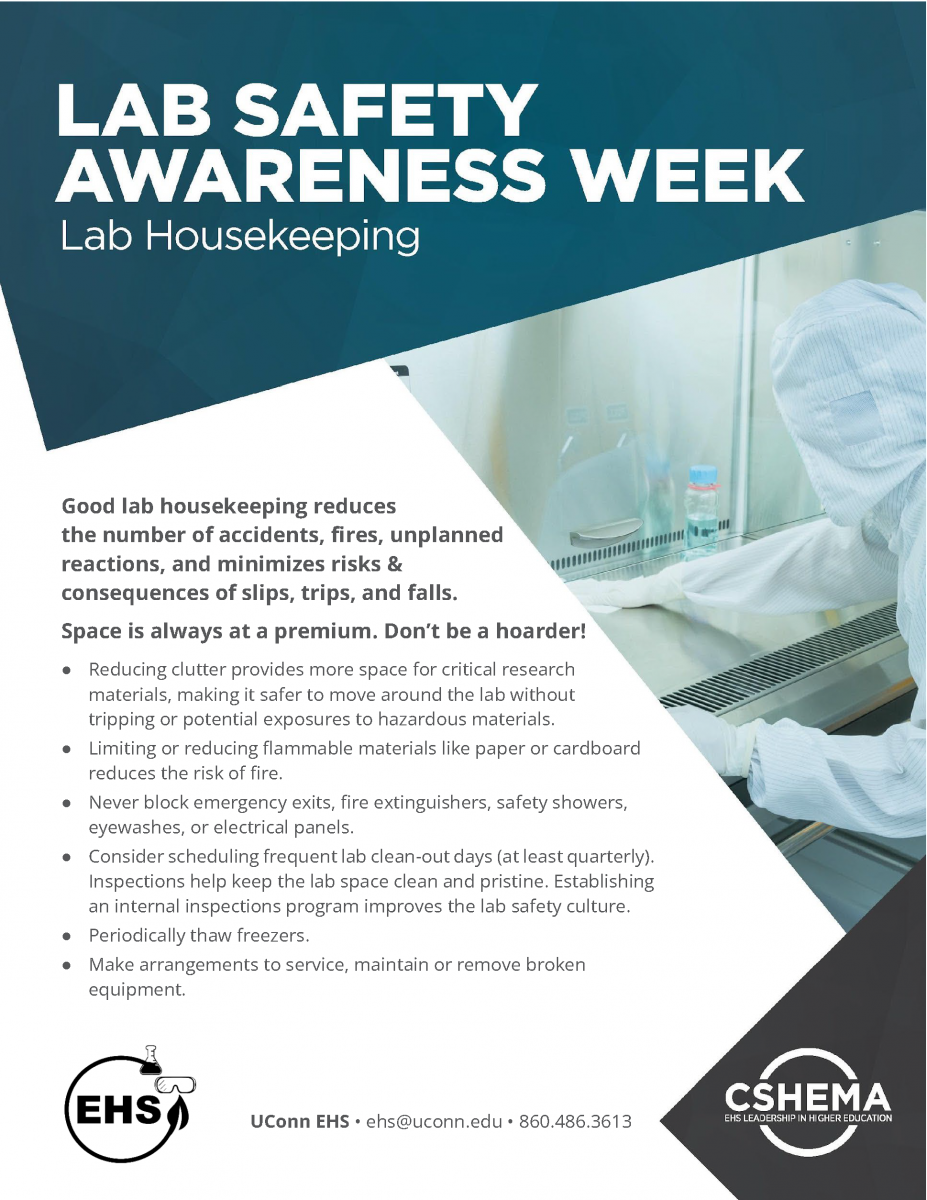







Led by Caroline Donaghy, University of Connecticut and
Srijana Pandey, Ohio University
Sunday, March 03, 2024, 2 – 5:30 PM Eastern Time
We are excited to announce the upcoming ACS Division of Chemical Health and Safety Virtual Workshop “Empowering Academic Researchers to Strengthen Safety Culture”, scheduled for Sunday, March 03, 2024, from 2:00 PM to 5:30 PM ET, and will be hosted via Zoom.
**About the Workshop:**
This interactive workshop provides an opportunity for frontline researchers in academic institutions to learn more about safety culture and gain skills to be leaders in safety. Our target audience is graduate students, postdocs, and undergraduates in STEM departments, but we also welcome faculty and safety professionals interested in supporting the development of Laboratory Safety Teams (LST) and strengthening their institution’s safety culture.
If your department has already established an LST, this workshop can also help it grow and mature as well as build connections among students across universities who are working hard to strengthen their safety culture.
**Registration Details:**
The registration fee for this virtual workshop is only $25 per attendee. Secure your spot by registering before Friday, March 01, 2024. For more information and to register, please visit the official workshop page https://LSTWorkshopMarch2024.eventbrite.com
Upon completion, attendees will receive a certificate of participation, a valuable addition to your resume or portfolio.
**Learn More:**
CHAS LST Workshop Page: https://LSTWorkshopMarch2024.eventbrite.com
ACS LST Webpage http://acs.org/labsafetyteams
